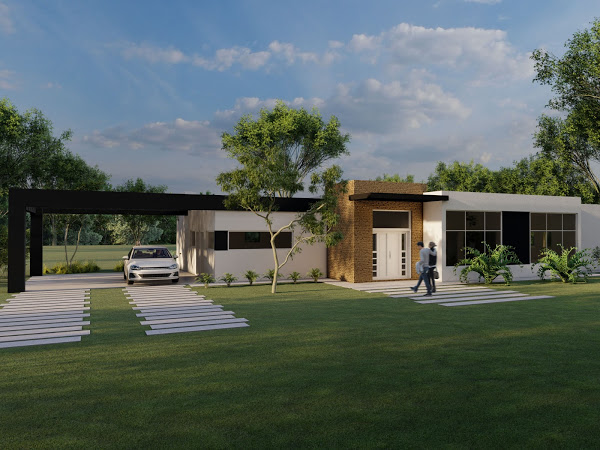
Arturo Frondizi Natural Reserve Adventures
Arturo Frondizi Natural Reserve is a protected area in Patagonia, Argentina, known for its unique coastal and steppe ecosystems that support diverse wildlife and offer opportunities for birdwatching and hiking.
About Arturo Frondizi Natural Reserve

Arturo Frondizi Natural Reserve is located in the Chubut province of Argentine Patagonia, along the Atlantic coastal zone. It covers a landscape that includes dry Patagonian steppe, coastal cliffs, and sandy beaches, creating a habitat for an array of native species. The reserve was established to protect both terrestrial and marine environments, including various endangered and endemic species. It provides critical breeding grounds for seabirds and serves as a refuge for guanacos, foxes, and numerous bird species such as the lesser rhea and Magellanic penguin. The reserve's geography includes flat plains intersected by gentle undulations and coastal rock formations, making it an important area for ecological research and conservation. Visitors can explore marked trails suited for moderate hiking, and bird watchers will find excellent vantage points to observe seabird colonies. Historically, the area has significance due to its connection with early Patagonian settlements and indigenous heritage. The reserve offers a quiet, remote environment that appeals to nature lovers and those interested in Argentina’s natural coastal landscapes. Facilities are minimal to preserve the environment, encouraging low-impact visits and responsible recreation. The reserve emphasizes environmental education and the importance of preserving fragile Patagonian ecosystems under threat from human encroachment and climate change.
Highlights
Coastal cliffs with panoramic views over the Atlantic Ocean
Seabird colonies including Magellanic penguins and cormorants
Expansive Patagonian steppe habitat supporting guanaco herds
Quiet, remote beaches ideal for nature photography and reflection
Notable Natural Features
Magellanic Penguin Rookery
A seasonal breeding site along the coast where visitors can observe penguins during nesting season.
Patagonian Steppe
An arid grassland ecosystem dominated by hardy shrubs and home to guanacos and native foxes.
Atlantic Coastal Cliffs
Rock formations offering scenic overlooks and habitats for various seabird species.
